One of the key themes driving the digital transformation of business and the economy is the Internet of Things (IoT), which is the coming together of the digital and physical worlds. The Internet of Things (IoT) is now ingrained in everyday consumer life as well as business and governmental operations.
From the fitness trackers we wear to the smart thermostats we use at home to the fleet-management tools that let us know when our packages will arrive to the sensors that encourage greater energy efficiency or track natural disasters brought on by climate change.
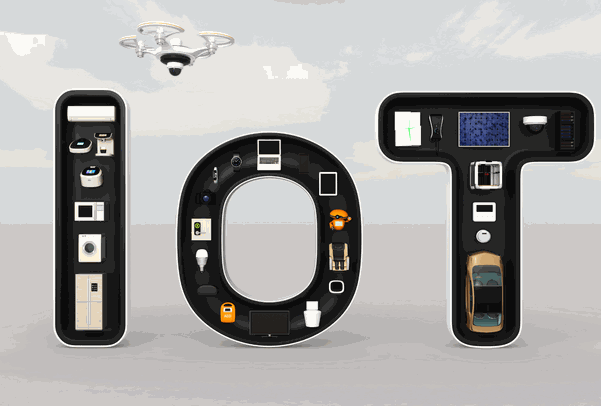
Predicting the Future of IoT Figures
The IoT has a sizable and increasing economic value that could be unlocked. Specialists project that by 2030, it could enable $5.5 trillion to $12.6 trillion in global value, including the value that users and buyers of IoT products and services would be able to realize.
The economic value of the IoT is concentrated in particular environments (types of physical environments where IoT is deployed). Approximately 26% of the potential economic value from the IoT will be accounted for by the factory setting, which includes standardized production environments in manufacturing, hospitals, and other sectors, by 2030.
The second most valuable IoT application in 2030 is the human-health sector, accounting for between 10 and 14 percent of total value.
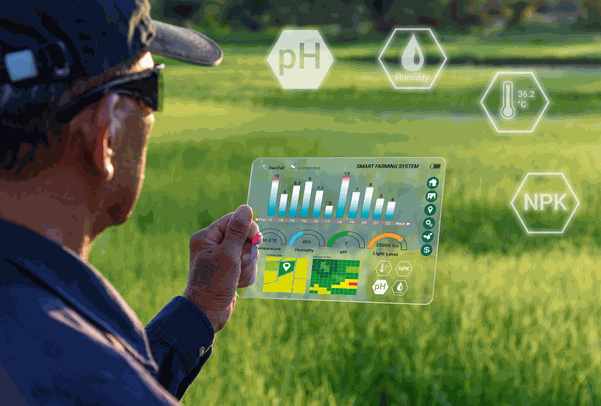
- Around 65% of the predicted IoT value potential by 2030 is expected to be generated by B2B applications, which are where the majority of IoT value can be created. But because IoT solutions are being adopted in homes faster than anticipated, B2C applications are becoming more valuable.
- The developed world's share of the global IoT economic value potential in 2030 will fall from 61 percent in 2020 to 55 percent. China is gaining power in the IoT space as a supplier of technology, a manufacturing hub, and an end market for value creation.
- IoT has significant economic potential, but capturing it has been difficult, especially in B2B environments. Many businesses have had trouble successfully making the switch from pilots to value capture at scale. Although significant, we predict that the total value realized by 2020 ($1.6 trillion) will fall toward the lower end of the range of the scenarios outlined in 2015.
The COVID-19 crisis poses a risk to both lives and means of subsistence, but it also exerts market-shaping influence. The impact of the pandemic has been driving the deployment of IoT solutions in particular regions, even though the report on which this article is based does not exclusively focus on that impact as the world struggles to manage the epidemic and enable a speedier and safer return.
IoT's Impact on Economic Value
The Internet of Things (IoT) is at the forefront of our ability to connect the physical and digital worlds in a way that could have significant effects on society and the economy. The advantages could take the form of, for instance, bettering operations, physical asset management, health and well-being, etc. In this context, the IoT has the potential to be the driving force behind digital transformations.
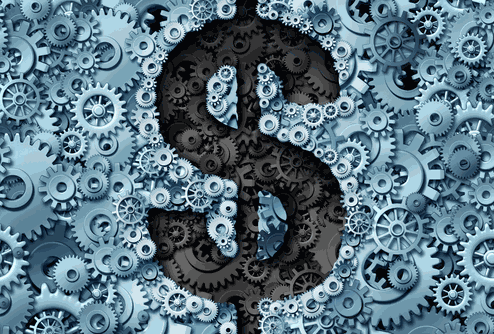
Overall, by 2030, operation-management applications in manufacturing might generate between 32 and 39 percent, or $0.5 trillion and $1.3 trillion, of the entire potential IoT economic value created in the factory setting.
The value of IoT in the second-largest industry, human health, involves applications that have an impact on the human body.
By 2030, the economic impact of IoT will be between $0.5 trillion and $1.8 trillion, or around 14% of the total.
The perceived value of IoT solutions in healthcare has grown over the last five years. Consumer awareness has dramatically increased, from connected glucose and heart monitors for patients with chronic conditions to mass-market solutions that measure physical activity. Not only are IoT solutions used by individual customers, but some insurers and governments are now offering them as a tool to improve patient outcomes and health.
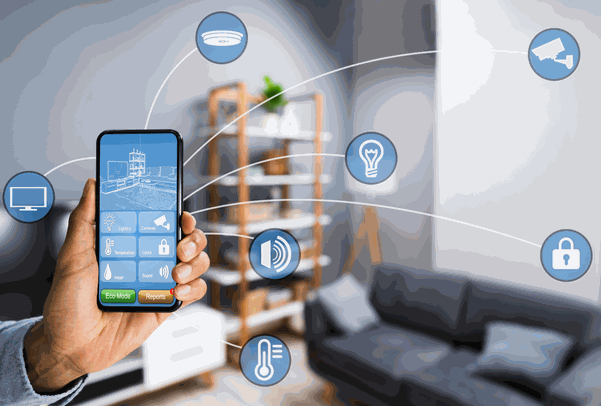
The fastest-growing IoT-value cluster is autonomous vehicles, which include partial driving automation, level 2 autonomy, and up. In the best-case scenario, it is anticipated to grow at a CAGR of 37 percent from 2020 to 2030, reaching $0.3 trillion from $0.01 trillion.
While autonomous driving systems get the spotlight, the continuous rise in sensor usage across the board of vehicles is expected to continue as consumers seek higher levels of reliability and safety. Indeed, it is anticipated that a large portion of the IoT added value will be accounted for by improved safety measures over the first half of the next decade.
By 2030, it is predicted that the safety and security use-case cluster in the context of vehicles will contribute between $130 billion and $140 billion to the potential value of the IoT. More than 20% of vehicles worldwide are likely to be fitted with safety features, such as adaptive cruise control, blind-spot assistance, and forward collision avoidance, potentially lowering the number of collisions and the cost of individual auto insurance policies.
Evaluating B2B and B2C Business Models
Studies predicted that B2B solutions would account for roughly 68-70% of the IoT's overall value creation potential. Five years later, the majority of the economic value from IoT solutions was still provided by B2B solutions. But because IoT solutions have been adopted in homes more quickly than anticipated, the value of B2C applications has increased.
B2B applications are anticipated to make up between 62 and 65 percent of the total IoT value in 2030 as a result of these dynamics.
This translates to approximately $3.4 trillion in the low-end scenario and approximately $8.1 trillion in the high-end scenario in terms of money.
Analyzing the Geographic Distribution of IoT
While the developed world is anticipated to make up around 55% of the estimated IoT commercial value in 2030, China is expected to have the fastest development globally. In the IoT, it has grown to be a major force.
By 2030, China may account for about 26% of the estimated economic value of IoT globally, slightly more than its projected 20% share of the global economy and more than the combined 29% of the estimated economic value from all emerging markets.
IoT tailwinds and headwinds
Even though the IoT has significant and growing economic potential, tapping this promise has proven difficult. According to recent analysis, the total value realized in 2020 ($1.6 trillion) will be at the lower end of the range of possibilities outlined in 2015.
By accounting for current circumstances, the projections for 2025 and beyond, that take into account the range of different uncertainties. Overall, both the low- and high-end scenarios are less expensive than the initial 2015 estimates: the potential economic value of the IoT in 2025 ranges from $2.8 trillion to $6.3 trillion, versus $3.9 trillion to $11.1 trillion from the 2015 work.
The updates take into account how much the world has changed since 2015. Both the trajectory of IoT adoption and the actual IoT impact have undergone significant change. Scale factors that are external to the IoT, such as GDP growth and oil prices, have also changed.

The Influence of External Factors on IoT
Three main factors are spurring a material acceleration in the adoption of and impact from IoT solutions today:
- Perceived value proposition. Customers recognize the true value of IoT deployment. The digital transformations and sustainability initiatives underway in businesses and government institutions around the world have the IoT at their core. The IoT's capacity to offer value at scale is demonstrated by the $2.3 trillion in economic value generated during 2022.
- Technology. Technology has advanced remarkably during the last five years. There is readily available, low-cost technology that permits wide-scale implementation for the great majority of IoT application cases. Visual, audio, and other types of sensors now span the whole spectrum, processing is now more than enough, storage is widely available, and battery life has increased. Significant advancements in advanced analytics, artificial intelligence, and machine learning have kept pace with advancements in technology, allowing for quicker, more precise insights and automated decision-making from sensor data.
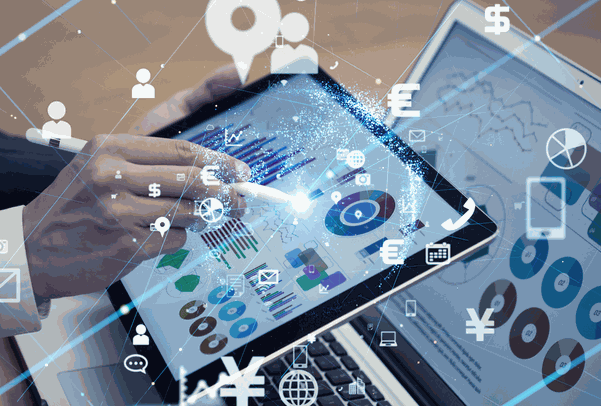
- Networks. Networks serve as the IoT's skeleton and enable all of its functionality. Fourth-generation (4G) networks from telecom firms have expanded to cover more people at higher performance levels, and 5G networks are being quickly installed. Customers now have access to a wide range of connectivity options that can satisfy their needs, whether they are related to capacity, speed, latency, or reliability, when improvements in other network protocols are matched.
Factors Driving IoT Growth

- Change management. Companies and governments frequently approach the Internet of Things (IoT) as a technology project as opposed to an operating-model change. As a result, they could be directed by IT without taking necessary adjustments to governance processes, talent, or performance management into account. Cross-functional actors must work together to transform people's behavior, systems, and processes, as well as implement strict performance management, in order to realize the full potential of the IoT.
- Installation. Ask consumers, business clients, or governments, and many will name installation as one of the most significant financial obstacles to the wide-scale adoption of IoT solutions. Almost every at-scale deployment involves customisation, if not a completely unique solution, due to interoperability issues. At-scale implementation is discouraged by the complexity of actions that appear to be simple, such as obtaining secure connectivity, updating outdated devices, and integrating into current systems.
- Cybersecurity. IoT cybersecurity is a growing concern for consumers, business clients, and governments as a result of the growing number of connected end points that hackers can take advantage of. Security must be incorporated throughout every layer of the stack and from the ground up in order to address this challenge.

- Privacy. Privacy is becoming a major concern for many customers because to the passage of the California Consumer Privacy Act and the General Data Protection Regulation of the European Union.
Businesses are debating what customers are prepared to forgo in exchange for reduced costs or exclusive offerings in a retail environment.
What it takes to scale the IoT?
How can the IoT market live up to its potential?
Let's examine what will be required for IoT enterprise customers to thrive.
1. Decide who owns the IoT in the organization. Many firms now lack a single owner for the IoT, with decision-making being spread across several levels, business divisions, and activities. Assigning a clear owner is how businesses that have been successful in deploying the IoT at scale deal with this situation (who could come from a variety of functions and roles).
2. Design for scale from the start. The IoT needs to be based on commercial success. Too frequently, business clients are preoccupied with technology while ignoring everything but pilots. The result is evident in the "pilot purgatory" that many business customers experience.
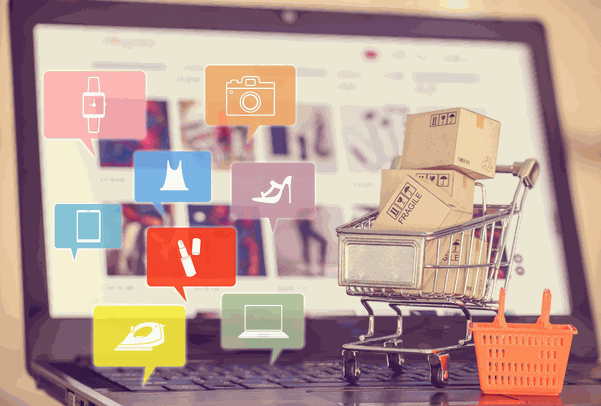

3. Don’t dip your toe in the water. There is no one-size-fits-all use case, despite the concentration of economic value in particular IoT environments and use-case-cluster combinations. To achieve value capture, firms must alter their operating models, procedures, and processes when deploying many use cases at once.
4. Invest in technical talent. Technical skill for IoT is scarce. Hiring recruiters who are able to navigate the environment and speak the technical language is a first, crucial step in closing the gap. While hiring data engineers and scientists is crucial, organizations must also upskill their current workforces in data science if they want to stay on the cutting edge.


5. Change the entire organization, not just the IT function. IoT implementations are sometimes mistaken for IT department technological projects rather than strategic business changes. To fully realize the potential of the IoT and enable optimum value capture, technology alone will never be sufficient. Instead, the company's workflow and fundamental operating model need to be redesigned.
6. Push for interoperability. Ecosystems that are fragmented, exclusive, and supplier-specific dominate the IoT landscape. Even though it works well within the ecosystem, this strategy has scaling and integration limitations, which reduces the impact of IoT deployments and raises costs.
Corporate buyers can demand interoperability from suppliers as a requirement for their products and demand vendors support smooth integration of various use cases, solutions, and providers.

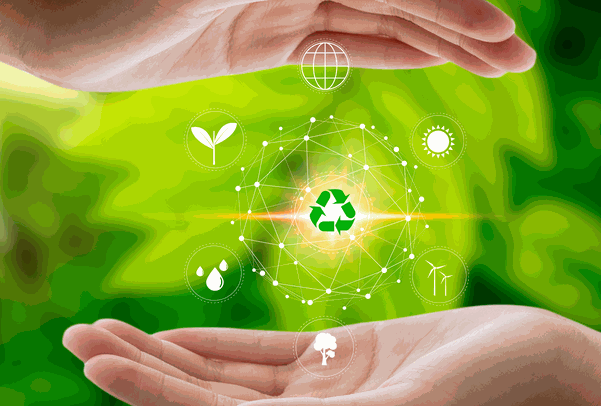
7. Proactively shape your environment. Businesses should carefully plan and manage their IoT ecosystems. For instance, creating end-to-end security requires prioritizing cybersecurity from the start and starting with the hardware layer.
Working with reliable suppliers can lessen the likelihood of a breach, but it can be much more effective to implement a cybersecurity risk-management framework that includes not only technical solutions but also business processes and procedures that are tailored to a company's environment and needs.
The IoT market is expanding quickly
Although the growth may have been slower than anticipated, there is no lack of faith in the potential impact that the technology can have. Instead, we discover that the market is being restrained by operational reasons. As we've seen, there are subtle differences between settings and use-case clusters.
These challenges need to be overcome by businesses and their clients if the IoT is to reach its full potential.
Capturing Accelerating IoT Value: How and Where to Succeed